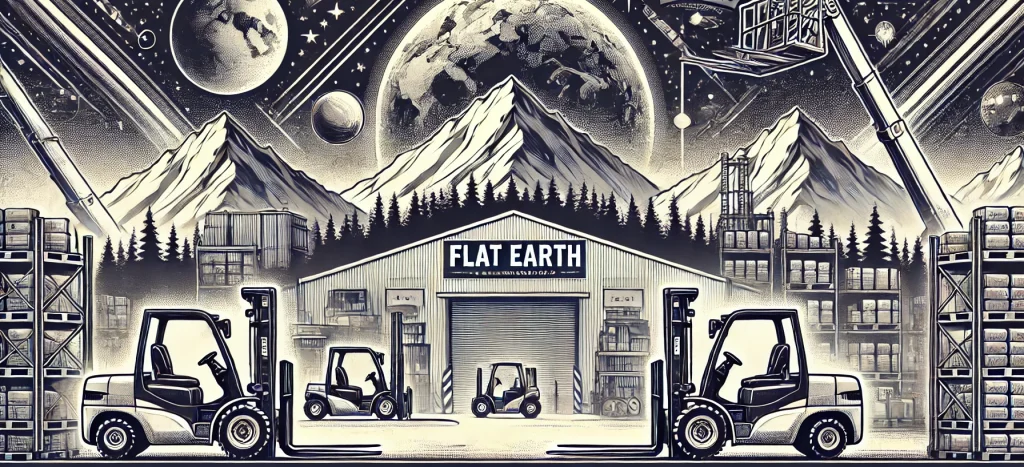Introduction
In the dynamic environment of warehouses and manufacturing facilities, forklift safety is paramount. Despite rigorous safety protocols, accidents involving forklifts remain a significant concern. Advancements in safety technology, particularly proximity sensors and camera systems, offer promising solutions to mitigate these risks. This article explores how integrating these technologies can transform forklift operations, ensuring a safer workplace.
Overview of Forklift Accidents
Forklift accidents are a prevalent issue, causing serious injuries and fatalities each year. Statistics reveal that a significant portion of workplace accidents involve forklifts, leading to not only human tragedy but also substantial financial losses for businesses. The common causes of these accidents include operator error, inadequate training, and poor visibility. These factors underscore the urgent need for enhanced safety measures in forklift operations.
The Functionality of Proximity Sensors in Forklifts
Proximity sensors play a crucial role in accident prevention by detecting objects or individuals within the forklift’s path. Utilizing technologies such as ultrasonic waves, RFID, and laser, these sensors alert operators to potential hazards, allowing for timely corrective action. Each type of sensor has its applications, offering varying degrees of sensitivity and detection capabilities, which can be tailored to specific operational needs.
Advantages of Camera Systems for Forklift Safety
Camera systems significantly improve operator visibility, addressing the challenge of blind spots and complex warehouse environments. By providing a real-time view of the forklift’s surroundings, camera systems enable operators to navigate safely, reducing the risk of collisions. The benefits of these systems extend beyond safety, enhancing operational efficiency by allowing for quicker and more confident maneuvering.
Integrating Proximity Sensors and Camera Systems into Forklift Operations
Integrating these technologies into existing forklift fleets involves careful planning and consideration. Compatibility with existing equipment, ease of installation, and operator training are critical factors to ensure successful implementation. Training programs should emphasize the proper use of these safety features, helping operators to understand and trust the technology, thereby maximizing its benefits.
Case Studies: Success Stories of Technology in Preventing Forklift Accidents
Real-world examples illustrate the effectiveness of proximity sensors and camera systems in enhancing forklift safety. Companies that have adopted these technologies report a significant reduction in accidents and near-misses, leading to safer working environments and reduced liability. These success stories serve as compelling evidence of the value of investing in advanced safety technologies.
Challenges and Considerations
While the benefits are clear, adopting these safety technologies comes with challenges. Initial costs, maintenance requirements, and technological limitations may deter some businesses. However, the long-term benefits of reduced accidents and enhanced safety culture can outweigh these concerns. Solutions include phased implementations and seeking expert advice to select the most suitable technologies for specific operational needs.
Conclusion
The integration of proximity sensors and camera systems represents a significant step forward in forklift safety. By providing advanced warning of potential hazards and improving visibility, these technologies can drastically reduce the likelihood of accidents. As businesses continue to prioritize safety, investing in such technologies is not just a regulatory compliance measure but a strategic decision that protects employees and assets alike.
